RICHARD WILSON
RICHARD WILSON
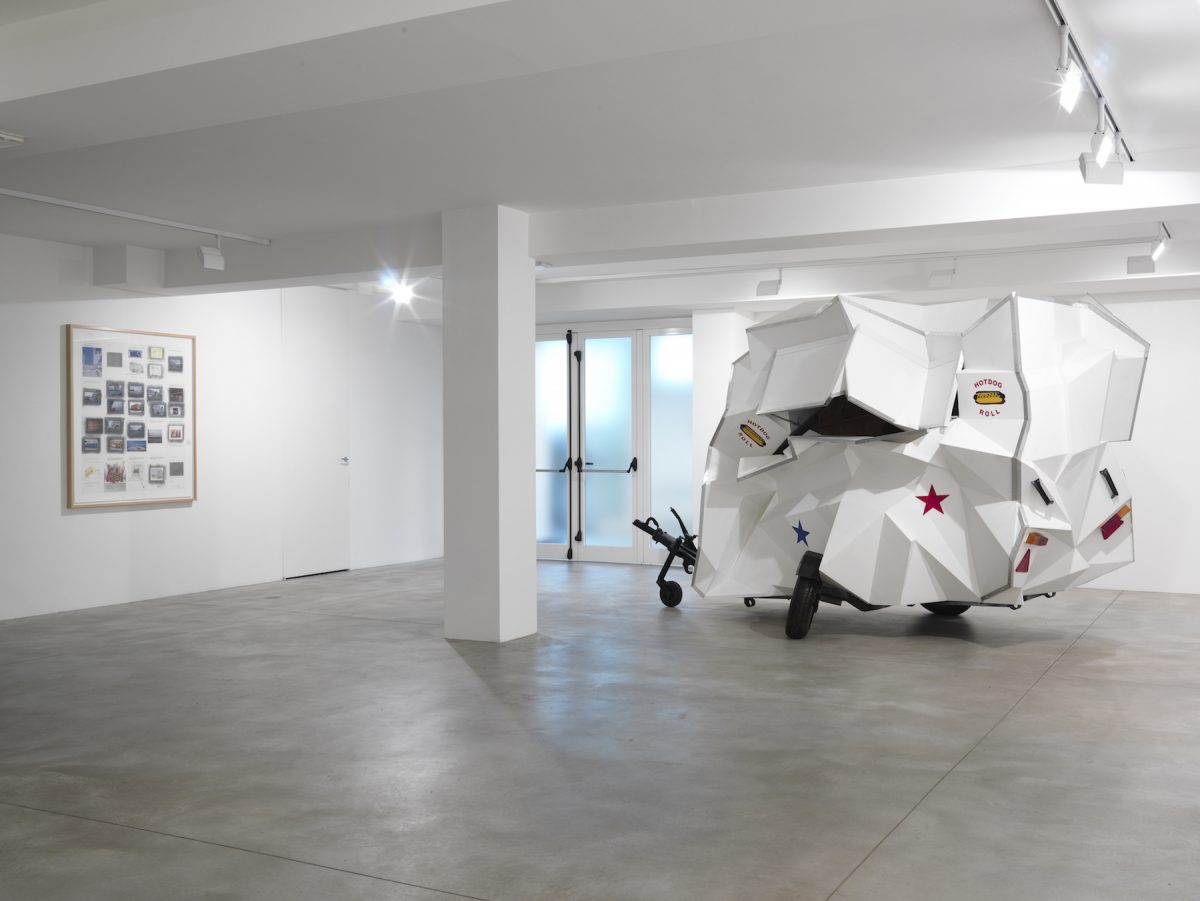
Biography
Richard Wilson was born in London in 1953, where he lives and works. He studied at the London College of Printing, at the Hornsey College of Art and at the University of Reading. He is among the most renowned English sculptors for his spatial interventions that draw inspiration from the worlds of engineering and construction. Almost all of his works are site-specific, but liable to be adapted to any architectural space; they explore, in fact, the relation their physical occupation of space and the mutation of daily materials. Collapsed caravans, dismounted taxis, stacked shacks and stairs that lead nowhere, are just some of the impressive creations of the artist that aim to react with the everyday life and to show new points of view. His compositions reveal the friction between reality and fiction, the object and its image, creating a sense of disorientation induced by the ambiguity between the feeling of familiarity and at the same time of newness that makes the exposed images recognizable, in part but not entirely. Richard Wilson has been exhibiting his work in national and international art spaces and creating important exhibitions and public works in Japan, United States, Brazil, Mexico, Russia, Australia and other countries.
Richard Wilson represented Great Britain at the biennial in Sydney (1992), San Paolo (1990), Venice (1986) and at the Yokohama Triennial (2005). He has been shortlisted twice for the Turner Prize and selected for the prestigious DAAD residence in Berlin in 1992/93. He is the only British artist to have been invited to take part in the Echigo-Tsumari Art Triennial 2000, in Japan. Since 2006 he is member of the Royal Academy and in 2008 he received the honorary PhD at the Middlesex University. Among his most notable and significant projects: “20:50”, installed at M.O.N.A. Museum in Tasmania, a reflective sea of recycled engine oil; “A Slice of Reality” public work realized for the Millennium Dome site in 2000, a vertical section of an oceanic dredger exposed to the e ects of time and tide; “Turning the Place Over”, commissioned for Liverpool 2008 European Capital of Culture and active until 2011, an ovoid section of 10 meter diameter on the façade of a disused building turned three-dimensionally onto a central spindle; and the most recent “Slipstream” realized in 2014 for Terminal 2 of London’s Heathrow airport, a monumental 80- meter aluminium project that represents the passage in space of a moving object.
His solo exhibitions have been held in institutions around the world, among the most recent: Cooper Gallery, Dundee (2018), Palazzo delle Papesse – Centro d’arte contemporanea, Siena (2004), De La Warr Pavilion, Bexhill-on-Sea (2003), Talbot Rice Gallery, Edinburgh (2002), Tate Gallery, London (1997), MOCA, Los Angeles (1994), Kunsterhaus Bethanien, Berlino (1993), Centrum Sztuki Wspolczesnej, Warsaw and Museum of Modern Art, Oxford (1990), Kunsthallen Brandts, Odense (1989), Plymouth Arts Centre, Plymouth (1987). Among the group exhibitions: MAXXI, Roma and Hayward Gallery, London (2018), Museum of Contemporary Art, Tokyo (2013), Palazzo Fabroni, Pistoia (2010), Peggy Guggenheim Collection, Venice (2002), Victoria and Albert Museum, London (2001), London Institute, London (1998), National Gallery of Australia, Canberra (1996), Kunst-Werke Institute for Contemporary Art, Berlin (1993), The Royal Scottish Academy, Edinburgh (1987), Lehmbruch Museum (1980). His collaboration with Galleria Fumagalli began in 2005 with the artist’s participation in the group show “AAVV: 30” and continued in 2007 with the first solo show “The Ape Piaggio” in Bergamo, followed in 2018 by the second solo show “Take an Object” in the news spaces in Milano.
Biography
Richard Wilson was born in London in 1953, where he lives and works. He studied at the London College of Printing, at the Hornsey College of Art and at the University of Reading. He is among the most renowned English sculptors for his spatial interventions that draw inspiration from the worlds of engineering and construction. Almost all of his works are site-specific, but liable to be adapted to any architectural space; they explore, in fact, the relation their physical occupation of space and the mutation of daily materials. Collapsed caravans, dismounted taxis, stacked shacks and stairs that lead nowhere, are just some of the impressive creations of the artist that aim to react with the everyday life and to show new points of view. His compositions reveal the friction between reality and fiction, the object and its image, creating a sense of disorientation induced by the ambiguity between the feeling of familiarity and at the same time of newness that makes the exposed images recognizable, in part but not entirely. Richard Wilson has been exhibiting his work in national and international art spaces and creating important exhibitions and public works in Japan, United States, Brazil, Mexico, Russia, Australia and other countries.
Richard Wilson represented Great Britain at the biennial in Sydney (1992), San Paolo (1990), Venice (1986) and at the Yokohama Triennial (2005). He has been shortlisted twice for the Turner Prize and selected for the prestigious DAAD residence in Berlin in 1992/93. He is the only British artist to have been invited to take part in the Echigo-Tsumari Art Triennial 2000, in Japan. Since 2006 he is member of the Royal Academy and in 2008 he received the honorary PhD at the Middlesex University. Among his most notable and significant projects: “20:50”, installed at M.O.N.A. Museum in Tasmania, a reflective sea of recycled engine oil; “A Slice of Reality” public work realized for the Millennium Dome site in 2000, a vertical section of an oceanic dredger exposed to the e ects of time and tide; “Turning the Place Over”, commissioned for Liverpool 2008 European Capital of Culture and active until 2011, an ovoid section of 10 meter diameter on the façade of a disused building turned three-dimensionally onto a central spindle; and the most recent “Slipstream” realized in 2014 for Terminal 2 of London’s Heathrow airport, a monumental 80- meter aluminium project that represents the passage in space of a moving object.
His solo exhibitions have been held in institutions around the world, among the most recent: Cooper Gallery, Dundee (2018), Palazzo delle Papesse – Centro d’arte contemporanea, Siena (2004), De La Warr Pavilion, Bexhill-on-Sea (2003), Talbot Rice Gallery, Edinburgh (2002), Tate Gallery, London (1997), MOCA, Los Angeles (1994), Kunsterhaus Bethanien, Berlino (1993), Centrum Sztuki Wspolczesnej, Warsaw and Museum of Modern Art, Oxford (1990), Kunsthallen Brandts, Odense (1989), Plymouth Arts Centre, Plymouth (1987). Among the group exhibitions: MAXXI, Roma and Hayward Gallery, London (2018), Museum of Contemporary Art, Tokyo (2013), Palazzo Fabroni, Pistoia (2010), Peggy Guggenheim Collection, Venice (2002), Victoria and Albert Museum, London (2001), London Institute, London (1998), National Gallery of Australia, Canberra (1996), Kunst-Werke Institute for Contemporary Art, Berlin (1993), The Royal Scottish Academy, Edinburgh (1987), Lehmbruch Museum (1980). His collaboration with Galleria Fumagalli began in 2005 with the artist’s participation in the group show “AAVV: 30” and continued in 2007 with the first solo show “The Ape Piaggio” in Bergamo, followed in 2018 by the second solo show “Take an Object” in the news spaces in Milano.
Works
Works
Press
Press
Exhibitions
SOLO EXHIBITIONS
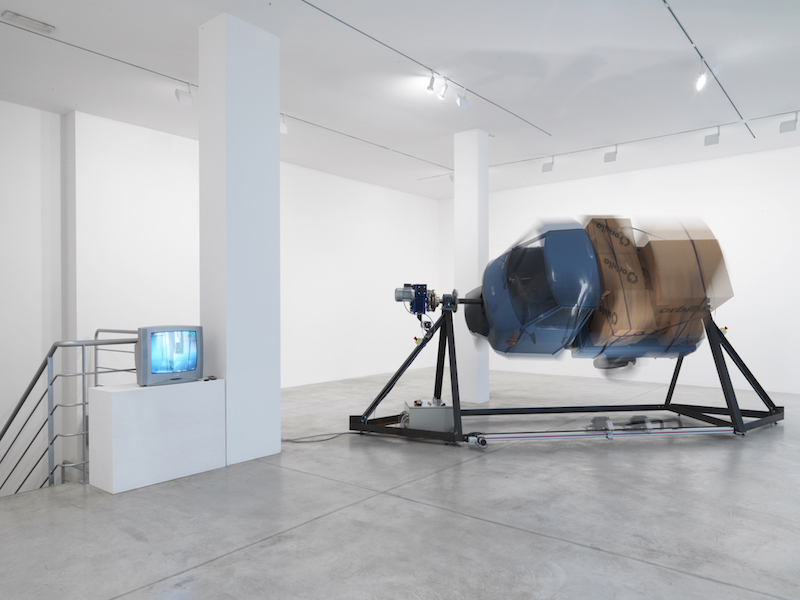
RICHARD WILSON
The Ape Piaggio
Opening 20 October 2007
23 October 2007 to 31 January 2008
GROUP EXHIBITIONS
Exhibitions
SOLO EXHIBITIONS

RICHARD WILSON
The Ape Piaggio
Opening 20 October 2007
23 October 2007 to 31 January 2008
GROUP EXHIBITIONS
Institutions
Institutions















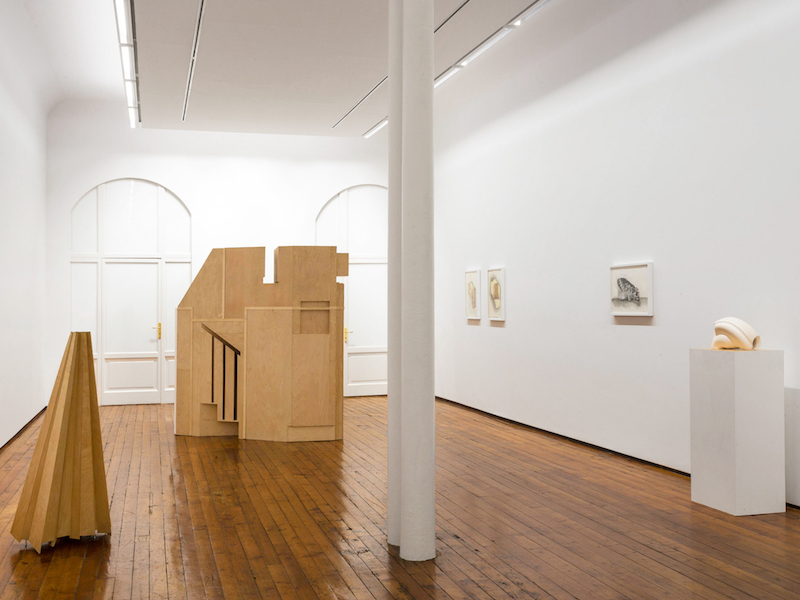
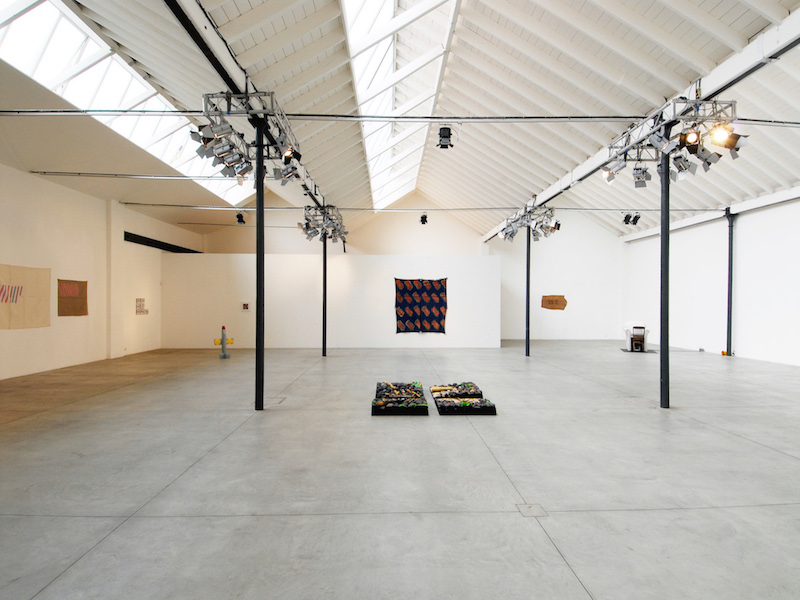
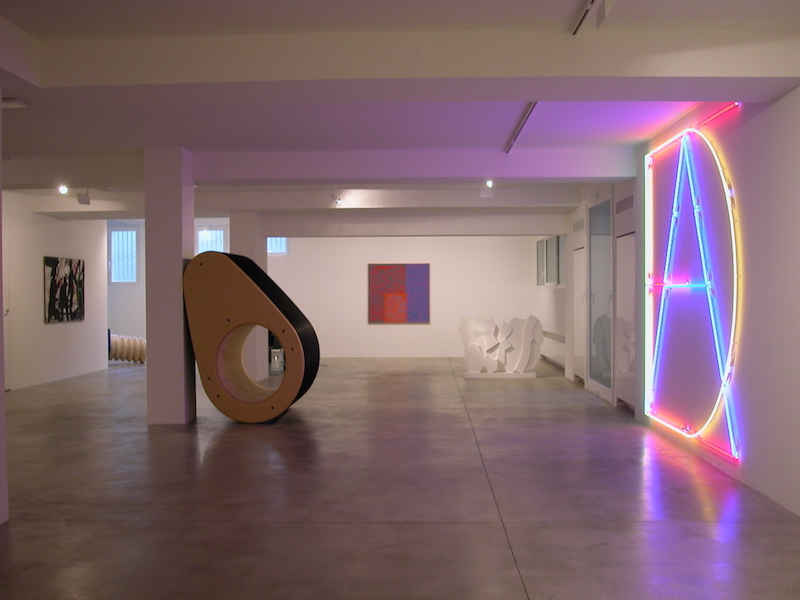
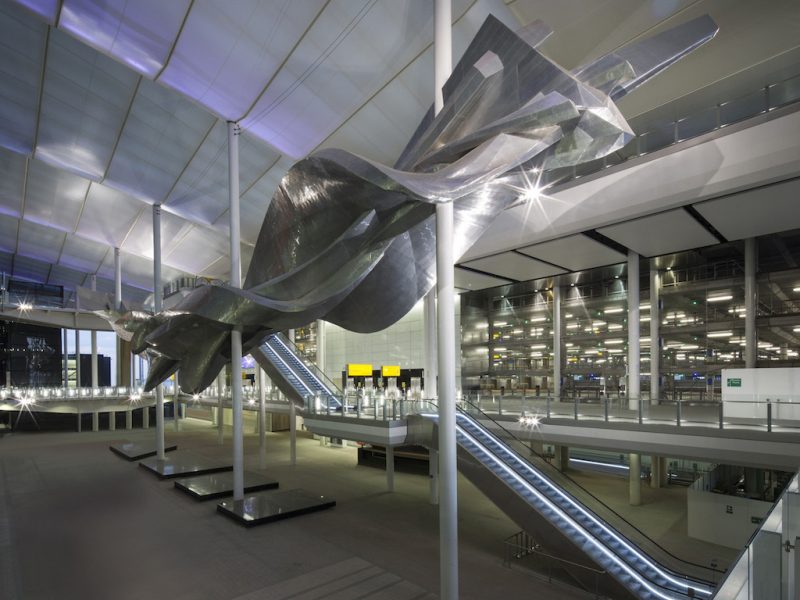
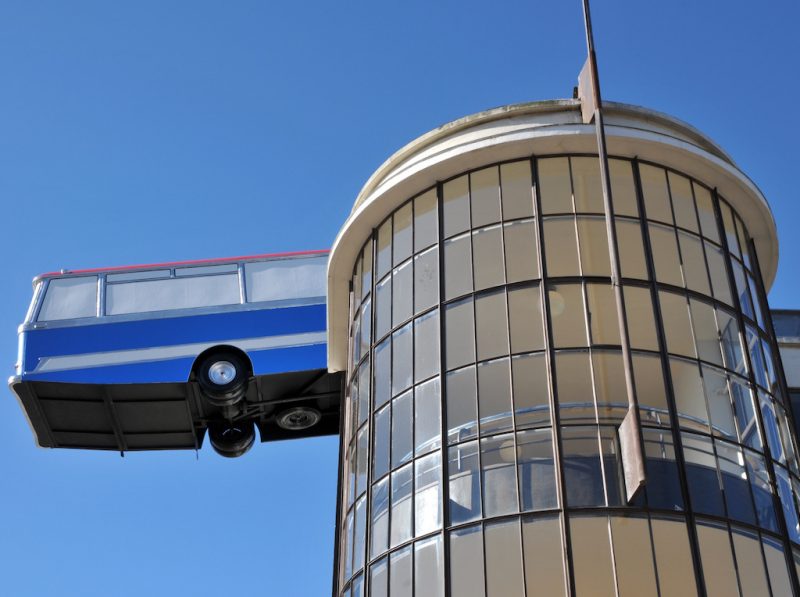
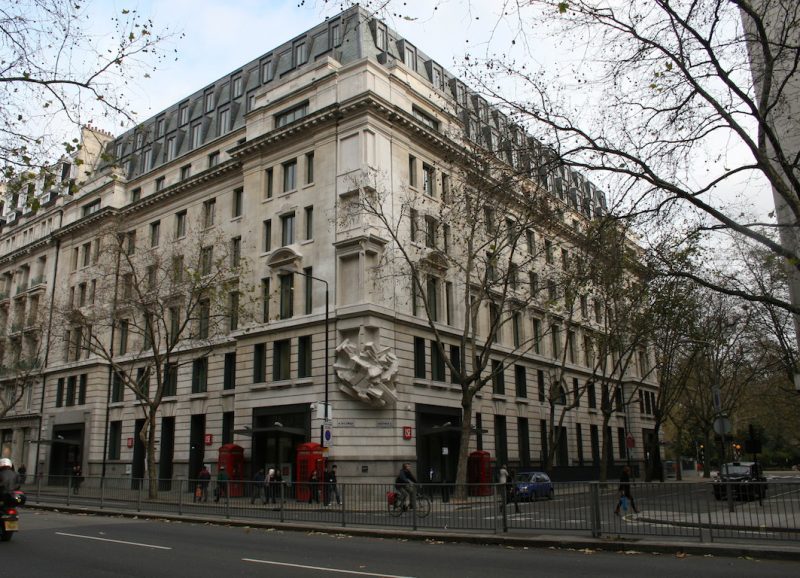
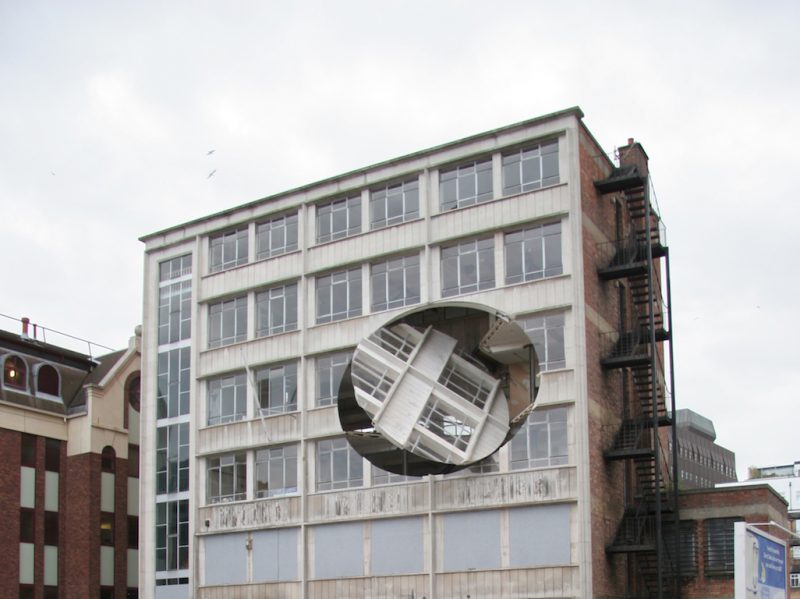
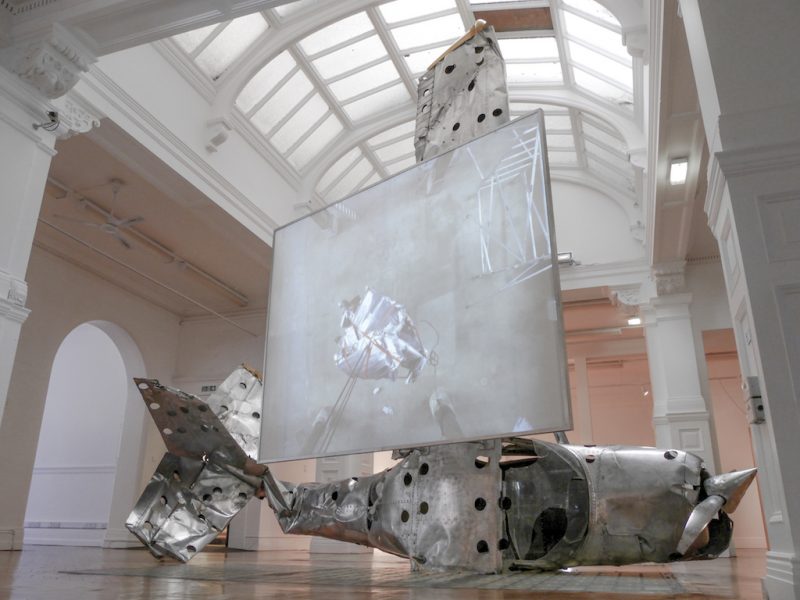
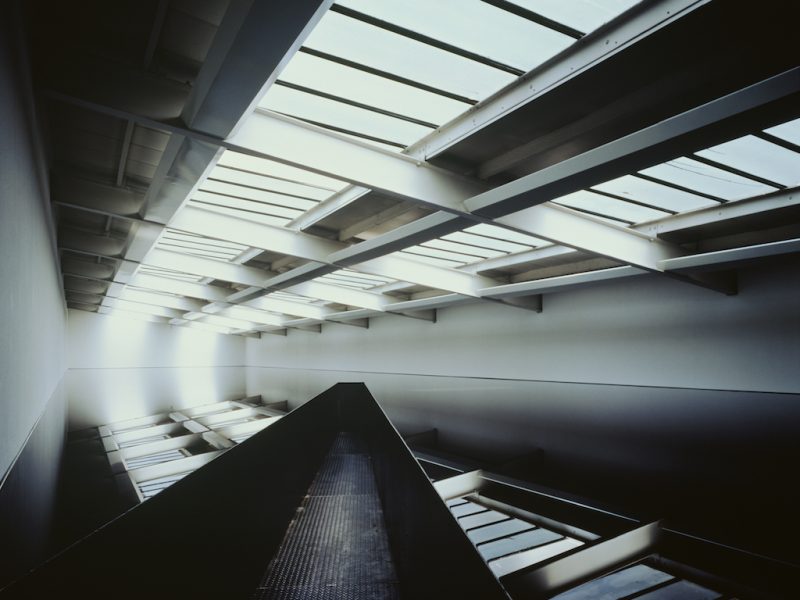


Regards for this post, I am a big big fan of this web site would like to go along updated.
This website online is known as a walk-by for all the data you wished about this and didn’t know who to ask. Glimpse right here, and also you’ll definitely uncover it.
My spouse and I absolutely love your blog and find almost all of your
post’s to be exactly what I’m looking for.
Does one offer guest writers to write content for you personally?
I wouldn’t mind writing a post or elaborating on most of the subjects you write about
here. Again, awesome web log!